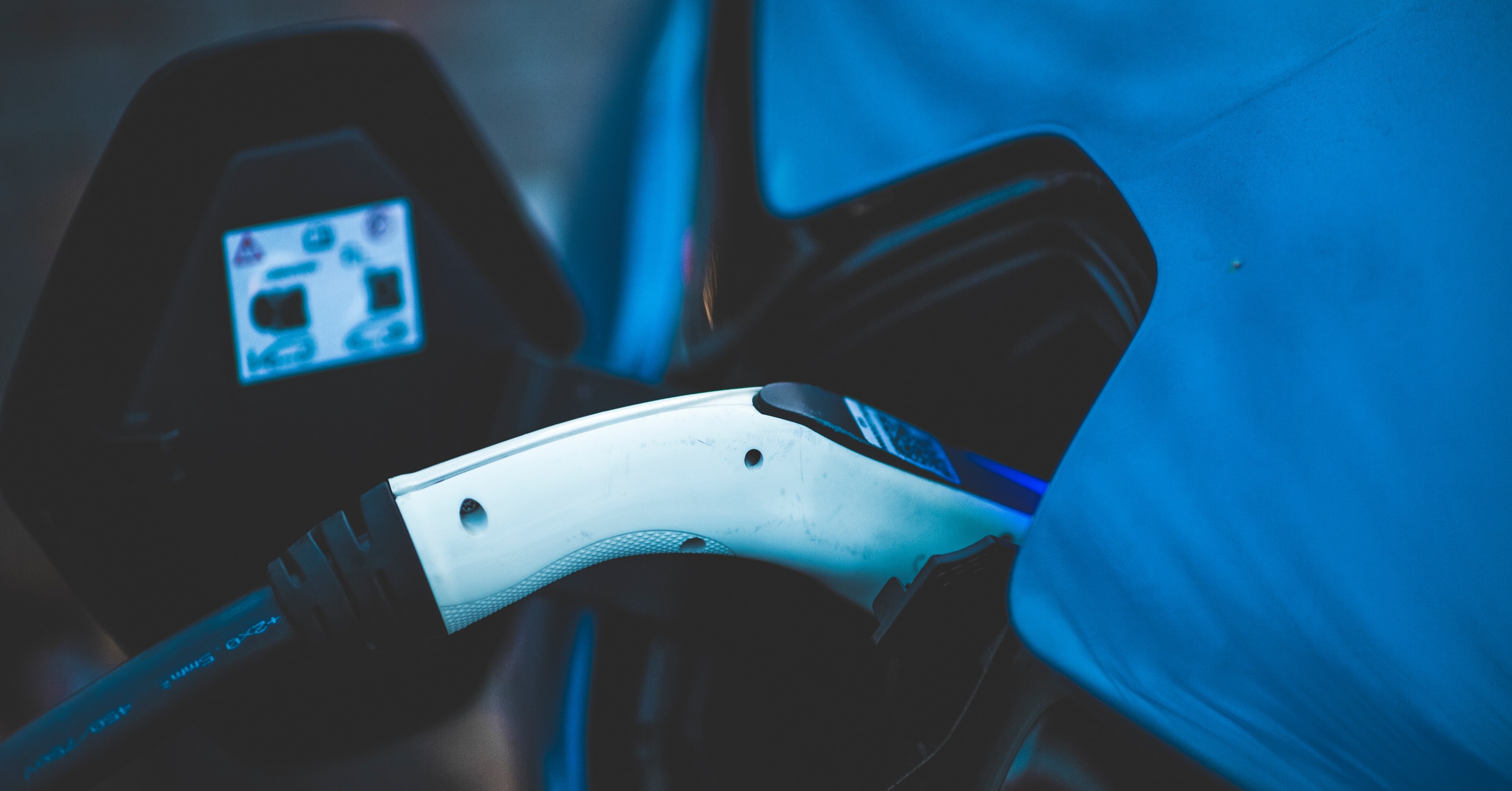While much of the focus of materials used in electric vehicles remains on battery technology, metal innovation in mass production casting and bespoke alloy development at the prototyping stage are also vital.
In this article, we take a look at the role of metal alloys in EV manufacturing, and specifically, the applications of aluminium alloys in sand casting prototyping.
Electric vehicle production requires innovation in metals and alloys
Metals used in EV batteries include cobalt, nickel and manganese; and their material properties and capabilities have long been a focus across EV and low emission vehicle manufacturing. Optimising battery technology for electric vehicles is key to maximising potential range (and increasing consumer EV uptake), but other materials and metals play key roles in other components of electric vehicles including:
• Steel allows increased ductility and its high strength allows the thickness of parts to be reduced (important for weight reduction).
• Copper is used significantly in EV vehicles, across components, batteries and engines.
What is the role of aluminium alloys for EV castings?
One of the main materials used in EV manufacturing is aluminium. This is due to the ability to create almost unlimited alloys which are optimised for specific properties, its low density (making it lightweight) its strength. Aluminium also produces castings that are high-integrity and easily machined. Aluminium alloys are currently used significantly in EV battery trays, and will be key components in engine blocks for hybrid vehicles.
Aluminium alloys are also used in applications across EV manufacturing, often before mass production takes place. These include:
• Prototyping MLP components
• Lightweighting development
• Enabling large scale automotive castings which reduce part count
EV prototyping with MLP aluminium alloys
Prototyping, and the associated alloy innovation is a vital stage in EV manufacturing; demonstrating technology readiness level (TLR), proof of concept, design optimisation, functionality and validating safety before expensive, high investment mass production of EV components with other casting methods such as HPDC.
Bespoke aluminium alloys enable properties such as strength, elongation, machinability and yield strength to be maximised at the prototyping stage; creating MLP castings which conform to the same properties as the metals and alloys specified for use in mass-production.
Process modelling simulation is also important at this stage, testing and simulating alloy combinations to achieve desired material properties and function.
Aluminium alloy EV castings for lightweighting
Electric vehicle components need to be lightweight. Innovative bespoke alloy development allows aluminium castings to be created that are lightweight, yet strong enough to hold the huge weight of an EV battery. As well as increasing battery range, this ability to lightweight can also reduce cost, removing unnecessary material in the casting.
How aluminium alloys enable large scale EV castings
Bespoke aluminium alloys create large scale automotive prototype castings which maximise properties of ductility and conductivity, without the need for significant post-processing. These MLP prototypes prove concept prior to mass production (as demonstrated with IDRA’s Giga press casting).
This ability to maximise specific alloy properties mitigates the influence of heat distortion while maintaining elongation properties to produce large scale, thin-walled castings (of around 2.5mm) up to 1.5m. This proof of concept at the prototype stage offers huge potential for reducing part count and weight in EVs, requiring minimal welding compared to traditional ICE vehicles.
In conclusion
Metal innovation in electric vehicles has often primarily focused on battery technology, including increasing safety and increasing range potential. But innovation in aluminium alloys used in automotive castings is also key, allowing MLP prototypes to be created, as well as achieving large scale, lightweight aluminium structural castings that are optimised for EV properties such as ductility and strength.
Want to know more? Download our free ebook Making EV Components with Sand Casting.


 Get in touch
Get in touch
